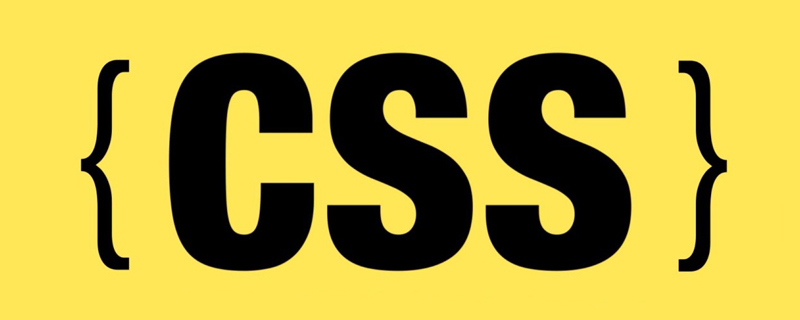
How to create a responsive product display page using HTML and CSS, specific code examples are required
With the popularity of mobile devices, responsive web design has become a modern web page important design requirements. As an important part of a corporate or personal website, the product display page also needs to have the characteristics of responsive design. This article will introduce in detail how to use HTML and CSS to create a responsive product display page, and provide specific code examples.
First, we need to create a basic HTML document structure. The following is a simple example:
<!DOCTYPE html>
<html lang="en">
<head>
<meta charset="UTF-8">
<meta name="viewport" content="width=device-width, initial-scale=1.0">
<title>响应式产品展示页面</title>
<link rel="stylesheet" href="style.css">
</head>
<body>
<header>
<!-- 顶部导航栏 -->
</header>
<main>
<!-- 产品展示内容 -->
</main>
<footer>
<!-- 底部信息 -->
</footer>
<script src="script.js"></script>
</body>
</html>In the above code, we introduce an external style sheet style.css and an external script file script.js, this will help us achieve richer page effects and interactive functions.
Next, we will introduce in detail how to use CSS to implement responsive layout of the page.
- Using media queries
Media queries are an important feature in CSS3 that can apply different styles based on the screen size and other characteristics of the device. Through media queries, we can adjust the position, size and style of elements based on the screen width.
The following is a simple media query example that changes the two-column layout of the product display area to a single-column layout when the screen width is less than 600 pixels.
@media screen and (max-width: 600px) {
.product {
width: 100%;
}
}In the above code, we specify the screen width is less than 600 through the @media keyword and screen and (max-width: 600px) conditional selector The style to apply when in pixels. .product The class selector is used to select elements of the product display area and set its width to 100%.
- Using Flexible Layout
Flexible layout (Flexbox) is another important feature in CSS3, which can easily achieve flexible layout and alignment. By using flex layout, we can easily adjust the size and position of elements on different screen sizes.
The following is a simple example that arranges all products in the product display area in rows and automatically adjusts the width.
.product-container {
display: flex;
flex-wrap: wrap;
}
.product {
flex: 1 1 200px;
}In the above code, we set the display attribute of the .product-container element to flex and .product The flex attribute of the element is set to 1 1 200px, where 1 1 indicates that the element is scalable, and 200px indicates the initial size of the element. Width is 200 pixels. With a setup like this, products will automatically line up in a row and automatically adjust their width to fit different screen sizes.
With the flexible combination of the above two methods, we can easily create a responsive product display page. Of course, there are many other CSS features and techniques we can use, such as using grid layout (Grid) and the min-width conditional selector in media queries.
In addition to layout adjustments, responsive design also involves optimization in other aspects, such as adaptive adjustment of images and media resources, adjustment of text size and line spacing, touch-friendly design of buttons and links, etc. These details can be adjusted and optimized according to specific needs and design styles.
I hope the code examples provided in this article can help readers better understand and master how to use HTML and CSS to create a responsive product display page. In practical applications, readers can further adjust and optimize according to their own needs and creativity to achieve better user experience and visual effects.
The above is the detailed content of How to create a responsive product display page using HTML and CSS. For more information, please follow other related articles on the PHP Chinese website!
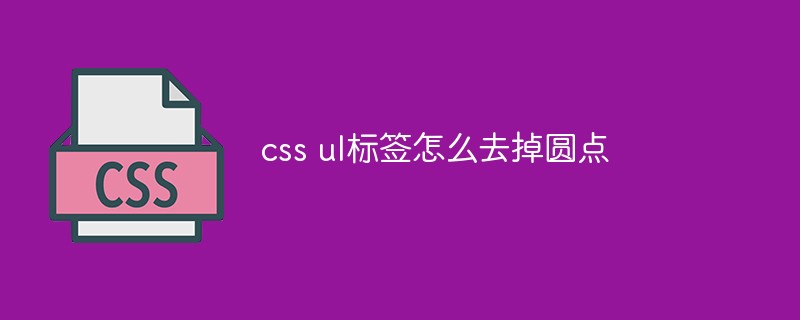 css ul标签怎么去掉圆点Apr 25, 2022 pm 05:55 PM
css ul标签怎么去掉圆点Apr 25, 2022 pm 05:55 PM在css中,可用list-style-type属性来去掉ul的圆点标记,语法为“ul{list-style-type:none}”;list-style-type属性可设置列表项标记的类型,当值为“none”可不定义标记,也可去除已有标记。
 css与xml的区别是什么Apr 24, 2022 am 11:21 AM
css与xml的区别是什么Apr 24, 2022 am 11:21 AM区别是:css是层叠样式表单,是将样式信息与网页内容分离的一种标记语言,主要用来设计网页的样式,还可以对网页各元素进行格式化;xml是可扩展标记语言,是一种数据存储语言,用于使用简单的标记描述数据,将文档分成许多部件并对这些部件加以标识。
 css3怎么实现鼠标隐藏效果Apr 27, 2022 pm 05:20 PM
css3怎么实现鼠标隐藏效果Apr 27, 2022 pm 05:20 PM在css中,可以利用cursor属性实现鼠标隐藏效果,该属性用于定义鼠标指针放在一个元素边界范围内时所用的光标形状,当属性值设置为none时,就可以实现鼠标隐藏效果,语法为“元素{cursor:none}”。
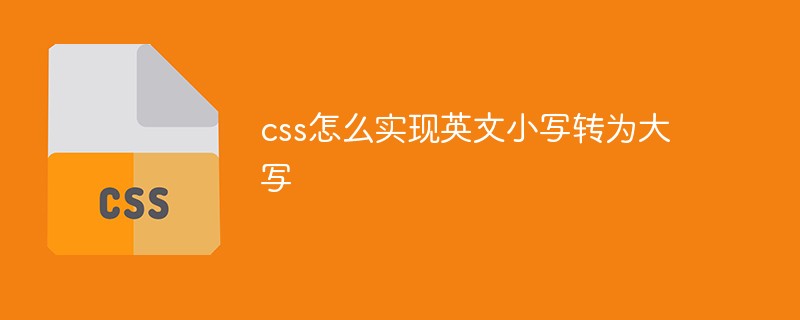 css怎么实现英文小写转为大写Apr 25, 2022 pm 06:35 PM
css怎么实现英文小写转为大写Apr 25, 2022 pm 06:35 PM转换方法:1、给英文元素添加“text-transform: uppercase;”样式,可将所有的英文字母都变成大写;2、给英文元素添加“text-transform:capitalize;”样式,可将英文文本中每个单词的首字母变为大写。
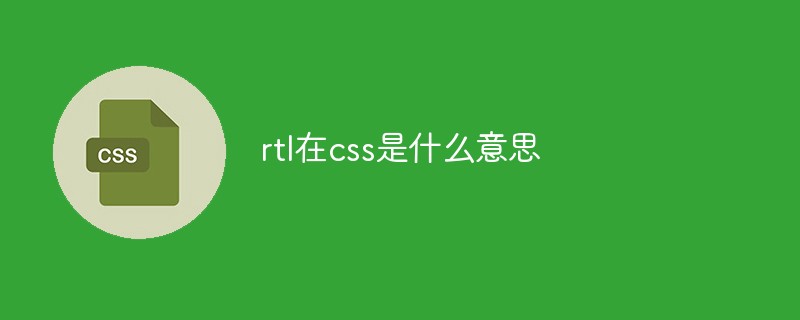 rtl在css是什么意思Apr 24, 2022 am 11:07 AM
rtl在css是什么意思Apr 24, 2022 am 11:07 AM在css中,rtl是“right-to-left”的缩写,是从右往左的意思,指的是内联内容从右往左依次排布,是direction属性的一个属性值;该属性规定了文本的方向和书写方向,语法为“元素{direction:rtl}”。
 css怎么设置i不是斜体Apr 20, 2022 am 10:36 AM
css怎么设置i不是斜体Apr 20, 2022 am 10:36 AM在css中,可以利用“font-style”属性设置i元素不是斜体样式,该属性用于指定文本的字体样式,当属性值设置为“normal”时,会显示元素的标准字体样式,语法为“i元素{font-style:normal}”。
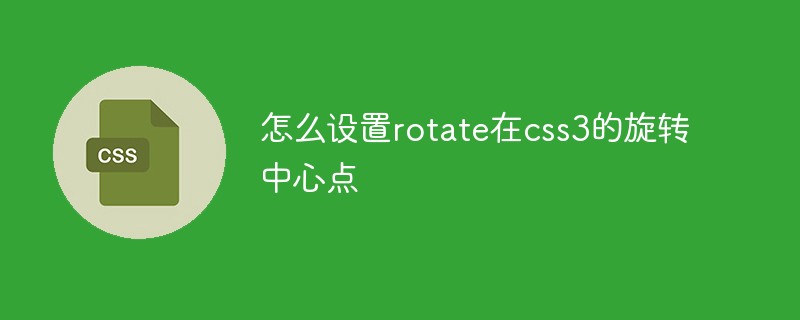 怎么设置rotate在css3的旋转中心点Apr 24, 2022 am 10:50 AM
怎么设置rotate在css3的旋转中心点Apr 24, 2022 am 10:50 AM在css3中,可以用“transform-origin”属性设置rotate的旋转中心点,该属性可更改转换元素的位置,第一个参数设置x轴的旋转位置,第二个参数设置y轴旋转位置,语法为“transform-origin:x轴位置 y轴位置”。


Hot AI Tools

Undresser.AI Undress
AI-powered app for creating realistic nude photos

AI Clothes Remover
Online AI tool for removing clothes from photos.

Undress AI Tool
Undress images for free

Clothoff.io
AI clothes remover

AI Hentai Generator
Generate AI Hentai for free.

Hot Article

Hot Tools

Dreamweaver Mac version
Visual web development tools

VSCode Windows 64-bit Download
A free and powerful IDE editor launched by Microsoft

MinGW - Minimalist GNU for Windows
This project is in the process of being migrated to osdn.net/projects/mingw, you can continue to follow us there. MinGW: A native Windows port of the GNU Compiler Collection (GCC), freely distributable import libraries and header files for building native Windows applications; includes extensions to the MSVC runtime to support C99 functionality. All MinGW software can run on 64-bit Windows platforms.

PhpStorm Mac version
The latest (2018.2.1) professional PHP integrated development tool

SAP NetWeaver Server Adapter for Eclipse
Integrate Eclipse with SAP NetWeaver application server.





